
Before you bring your new cat or kitten home, there are several things you should have or buy to ensure your cat will feel like a family member rather than a visitor. This list of cat essentials should have you and your new furry friend covered.
Get these items a few days in advance to save stress on the "big day." In the excitement of bringing your cat home, you don't want to suddenly discover at 8 p.m. that you forgot to buy cat food. Here are the minimum essentials your cat will need.
If you can talk to the caregiver in the cat's last home, it's probably best to give your new pet whatever food she's accustomed to. If you acquire a cat from a breeder, more often than not, their contract will either strongly suggest or require you to feed a certain kind of food. For cats and kittens with unknown backgrounds, here are some tips to determine what to feed your pet.
These babies need more fats and proteins than grown cats, so look for foods with "Complete and Balanced Nutrition" on the label as well as the AAFCO animal feeding tested statement "for all life stages." There are also foods specifically formulated for kittens. These can be identified by the words "highly digestible, nutrient-dense, and uniquely designed to meet kittens' nutritional requirements." Kittens from eight weeks onward can handle dry food quite well, although canned food is better for them.
Canned foods are better for cats, but your cat may be used to dry food only. Grown cats thrive on dry food, and any of the premium brands are acceptable. You should also supplement with canned food because you should eventually try to move your cat over to canned only.
Although your new cat can be fed on any ceramic (non-lead-glazed) or stainless steel bowls you have in your kitchen, you may feel better by providing her with her very own dishes. It is not recommended to use plastic dishes for cats, as some cats develop a chin rash from plastic; also, softer plastic scratches easily, providing a harbor for bacteria. There are a number of non-tip stainless steel bowls available for pets. If you prefer decorated ceramic dishes, make sure the glaze is lead-free. To be safe, purchase only products made in the U.S.
Automatic food and water servers are especially nice if you will be gone for long periods during the day, such as to a job or school. Most cats love the pure, fresh taste of running water, and automatic water dispensers ensure a constant supply of clean water.
All cats love to play. The "fishing pole, dangling lure" kind of toy is a big favorite for interactive play. Just make sure it is sturdy enough that small kittens won't tear off feathers from the dangling part. Catnip mice are a perennial favorite. Kitty houses and climbing posts can run the gamut from simple cardboard creations to custom-built "cat furniture" combinations running several hundred dollars.
Grooming time is a fine time for bonding with your cat or new kitten. Look for a fine-toothed comb and a rubber-backed pin brush. A nail clipper designed for cats is a plus. If you start clipping your kitten's nails early, it will make the task much easier when she is grown.
This is a must. Don't ever try to transport a cat without one. A simple cardboard carrier (available from your vet) is fine for bringing a new cat or kitten home, but you'll need to replace this eventually with a solid-bottomed fiberglass or tough plastic carrier with a secure latch and a screened opening the cat can look through. A heavy-duty cloth airline-approved carrier is a good alternative if travel is in your future.
Your cat is going to scratch, whether you approve or not. Start your relationship off right by investing in a scratching post. It can be as simple or fancy as you like; you can even assemble one yourself if you're handy with tools. Some commercially made scratching posts have catnip scent applied to attract your kitty. If your budget is limited, start with a cardboard scratcher, such as the Cosmic Alpine Scratcher.
Choosing the best litter box for your pet is an absolute must for both indoor and indoor-outdoor cats. Look for a sizable box with high sides for grown cats, as they tend to throw the litter around quite a bit. These can also be as simple or as extravagant as your pocketbook allows but start with a basic plastic litter box placed correctly for your feline.
Kittens will need a box that's low enough for them to enter easily. There are various kinds of litter, and the plant-based kind seems to be the safest. Clumping clay litter contains an ingredient that can harm cats if ingested, and all clay litters tend to stir up dust, which is not healthy to breathe, either for you or your cat.
Consider a mat under the box to catch the stray litter. You can buy mats for that purpose at a pet store, or buy a few inexpensive carpet or linoleum samples that can just be tossed and replaced when they get too grungy.
Since this is your first cat, he or she may likely sleep on your own bed; however, it's still a good idea to provide your kitty with her own special, cozy place for napping. The bed should be comfortable, easily washable, and spacious enough for an adult cat to curl up comfortably, but not so vast that she'll feel exposed and vulnerable.
This is not exactly an item for a shopping list, but unless your cat comes with papers showing a recent veterinary visit, proof of vaccinations, and negative test results for various diseases and medical conditions, your first stop before even bringing her home, should be at your local veterinary clinic. So make the appointment now, while you're thinking about it.
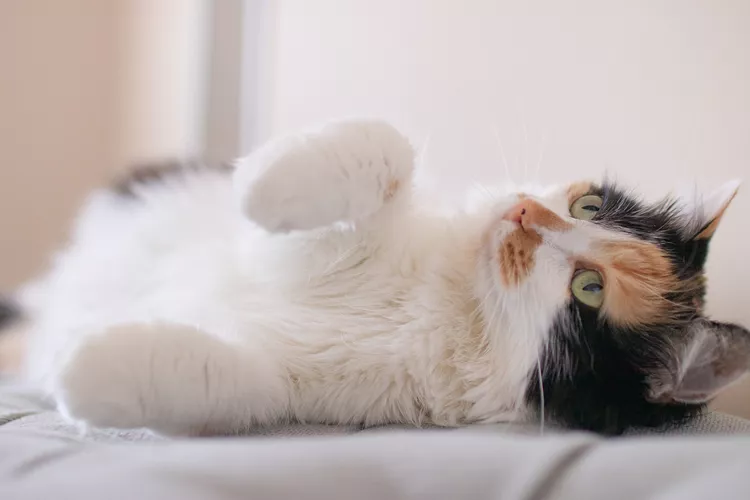
Cute Pictures & Facts About Calico Cats & Kittens
Learn fascinating facts about calico cats, including photos, the genetics behind this color combination, and common folklore and traditions.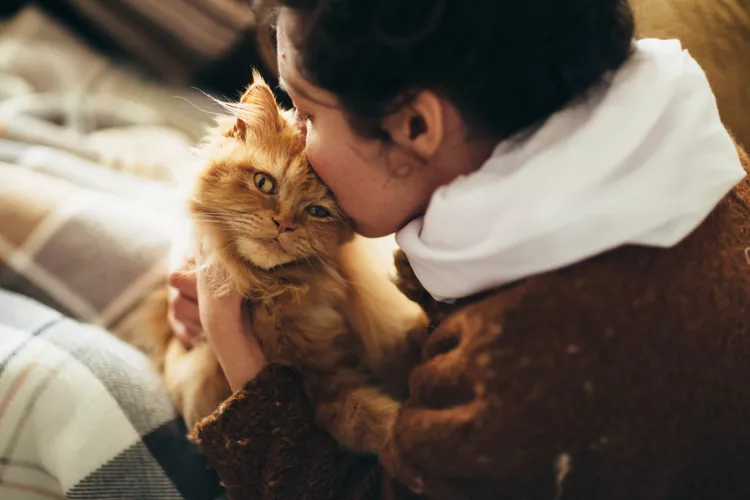
How to Prevent Cat Separation Anxiety During Vacations
Discover why cats develop litter box problems and cat behavior problems when you go on vacation and what you can do about it to help them.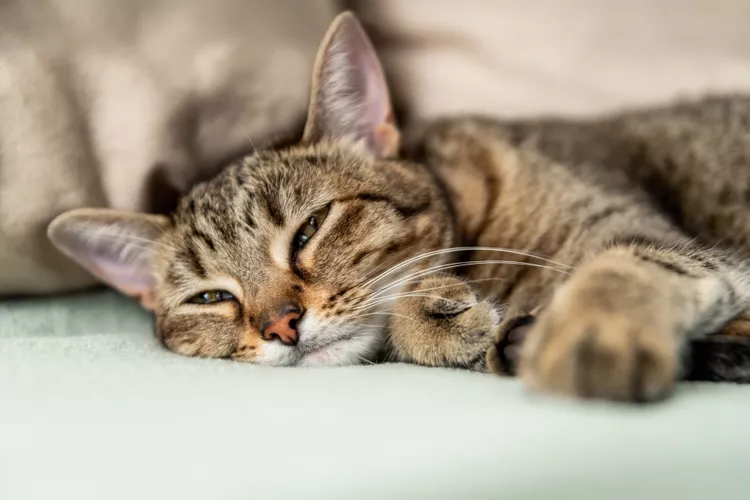
Cat Behavior Changes That Might Mean Something's Wrong
Cats' behavioral changes may indicate problems—or they may mean nothing at all. Explore causes of odd behavior and what to do about them.
Lhasa Apso: Dog Breed Characteristics & Care
The Lhasa apso is an ancient breed from Tibet that was bred to be a watchdog. Learn about its history, health, exercise needs, and more.
Reasons Why Dogs Run Away and How to Stop It
Dogs can escape, especially if they’re bored and not properly contained. Here are some techniques for stopping your dog from running away.
Can Dogs Get Depression? How to Help Your Sad Dog
Can dogs get depression? Learn about the signs of depression in dogs and find out how to help your sad dog.
How to Stop Aggression in Dogs
Dog aggression can be a serious behavior issue for pet owners. Learn how to stop aggression in dogs before someone gets hurt.
How to Stop Your Dog From Growling
A growling dog can soon become even more aggressive. Reduce the noise and potential for a dangerous situation with some of these techniques.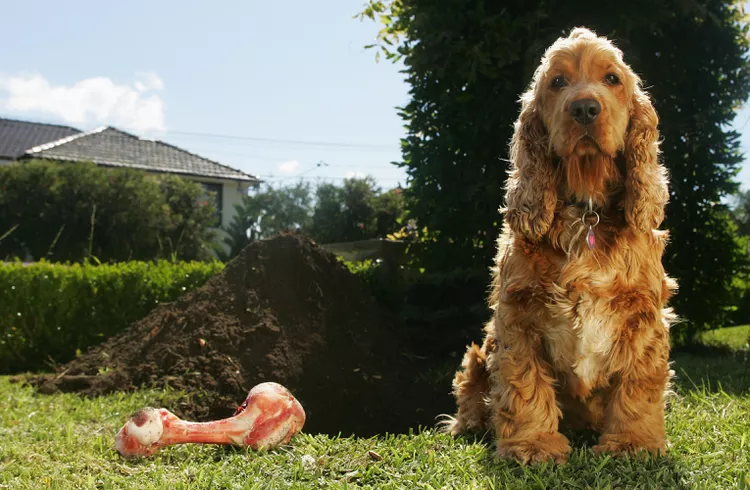
Why Do Dogs Dig Holes? How to Stop Your Dog from Relandscaping Your Yard
Dogs have been digging holes for centuries and for many reasons. Whether they’re bored or want to cool off in the dirt, here are the top reasons why dogs dig holes.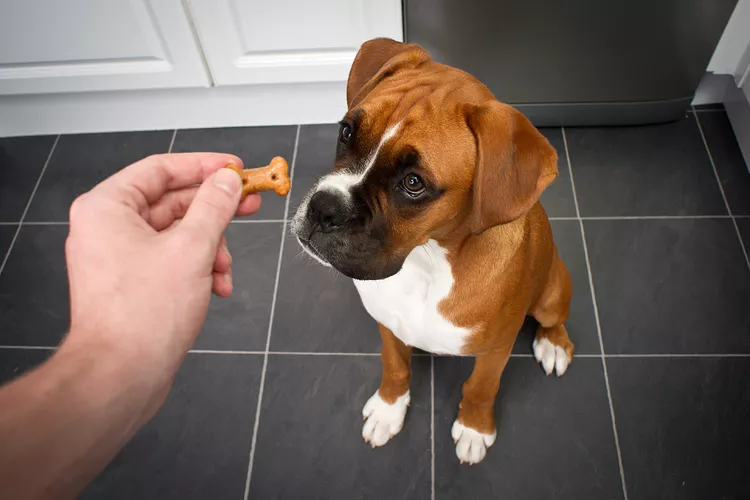
Dog Treat Varieties
Learn about the different types of dog treats on the market and decide which are best for your dog.
Can Dogs Eat Asparagus?
Dogs can eat asparagus, provided the vegetable is cooked plain and cut up for them. Seasonings, salt, and butter make it unhealthy for dogs.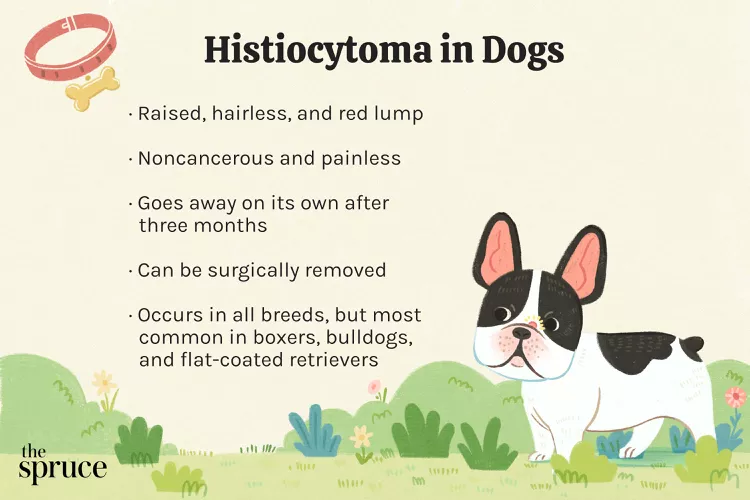
Histiocytomas in Dogs
A histiocytoma is a type of benign (non-cancerous) skin lump that usually affects young dogs. Learn the causes, treatment, and prevention.
Why Is My Dog’s Eye Swollen?
If your dog's eye is swollen, she may need veterinary attention. The inflammation could be caused by allergies, an injury, or even a tumor.
Common Bugs and Parasites Found on and Inside Dogs
Learn about common types of parasites in dogs. Find out how to treat and prevent parasites to keep your dog, your family, and yourself safe.
Exploring the Different Types of Pet-Friendly Beaches
Are you looking for pet-friendly beaches? Learn about the different types of pet-friendly beaches, their locations, and tips for visiting them with your pet.
10 Obscure, Little-known Canine Facts in Honor of National Dog Day
With National Dog Day upon us, it's time to celebrate everything about our favorite pets—even the weirder stuff. Here are 10 obscure facts about dogs you probably didn't know.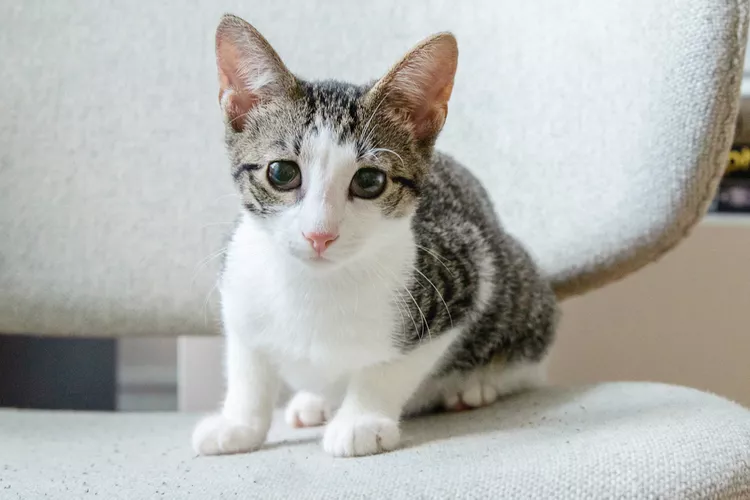
Kitten Development From 3 to 6 Months Old
Kittens grow and change a lot during their first year. Find out what happens between the ages of three months and six months old.
95 Siamese Cat Names
Our list of Siamese cat names has diverse and fun options to help you choose the ideal moniker for your elegant and lovable feline companion.
What to Buy for Your New Cat: A List of Essentials
Before you bring your new cat or kitten home, there are a number of things to collect or buy so your cat will feel welcomed like a family member.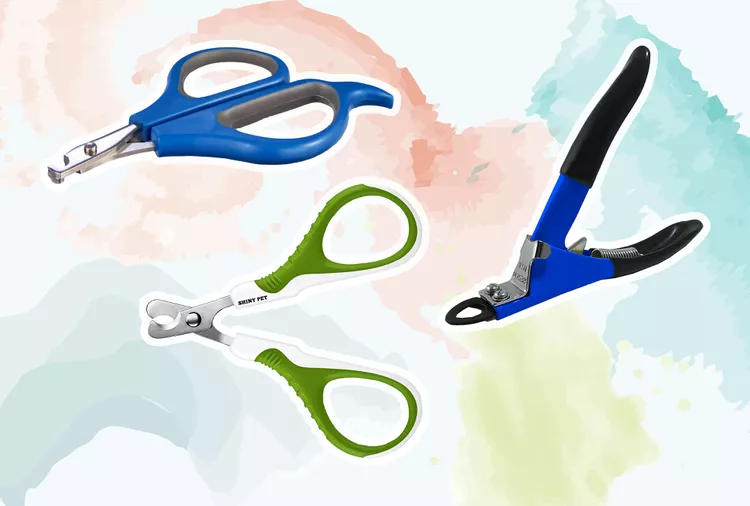
The 6 Best Cat Nail Clippers of 2024 for a Safe Trim
Clipping your cat's nails can save your furniture and keep your kitty comfortable. We asked veterinarians for their cat nail clipper recommendations.